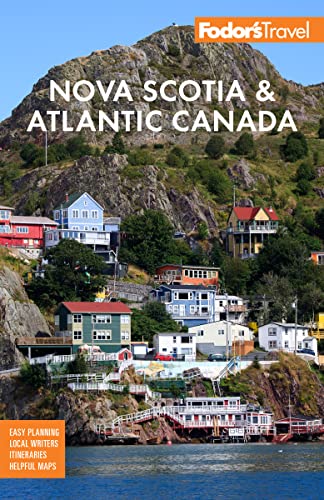Getting Oriented
Snug up against the U.S. border (Maine) to the west, New Brunswick is roughly square in shape, with the St. Lawrence River and Québec to the north, the Bay of Fundy and Nova Scotia to the south, and the Northumberland Strait and Prince Edward Island to the east. All its main towns and cities lie either on or near one of the coastlines or on a major river—notably the St. John and the Miramichi. Elsewhere, there are agricultural areas and a handful of vineyards, but mostly trees, trees, and more trees. The highest point is Mt. Carleton, at 2,690 feet. It's the highest mountain in the Maritimes, which lies in the northern reaches of the New Brunswick section of the International Appalachian Trail.
.
- Saint John. The port city of Saint John has become a vibrant urban destination, with a revitalized waterfront, an eclectic restaurant scene, fun street art, and lovely city parks. There’s plenty of history, too, from first-class museums and historic sites.
- The Fundy Coast. The Bay of Fundy is a diverse region with dramatic coastlines, tiny fishing villages, charming islands, and rocky beaches perfect for treasure hunting.
- The Acadian Coast. A highlight of this region is French Acadian culture with its distinct foods, music, and festivals. Unlike the Bay of Fundy, the water on the Acadian Coast is downright balmy.
- St. John River Valley. Much of the wide St. John River—more than 500 km (310 miles) of it—meanders through cities, townships, and charming villages. Pastoral farmland accompanies you most of the way.
- Fredericton. A gracious, small city bisected by the St. John River and spreading up the gentle slopes of its valley, Fredericton is the capital of New Brunswick and home to two universities.




